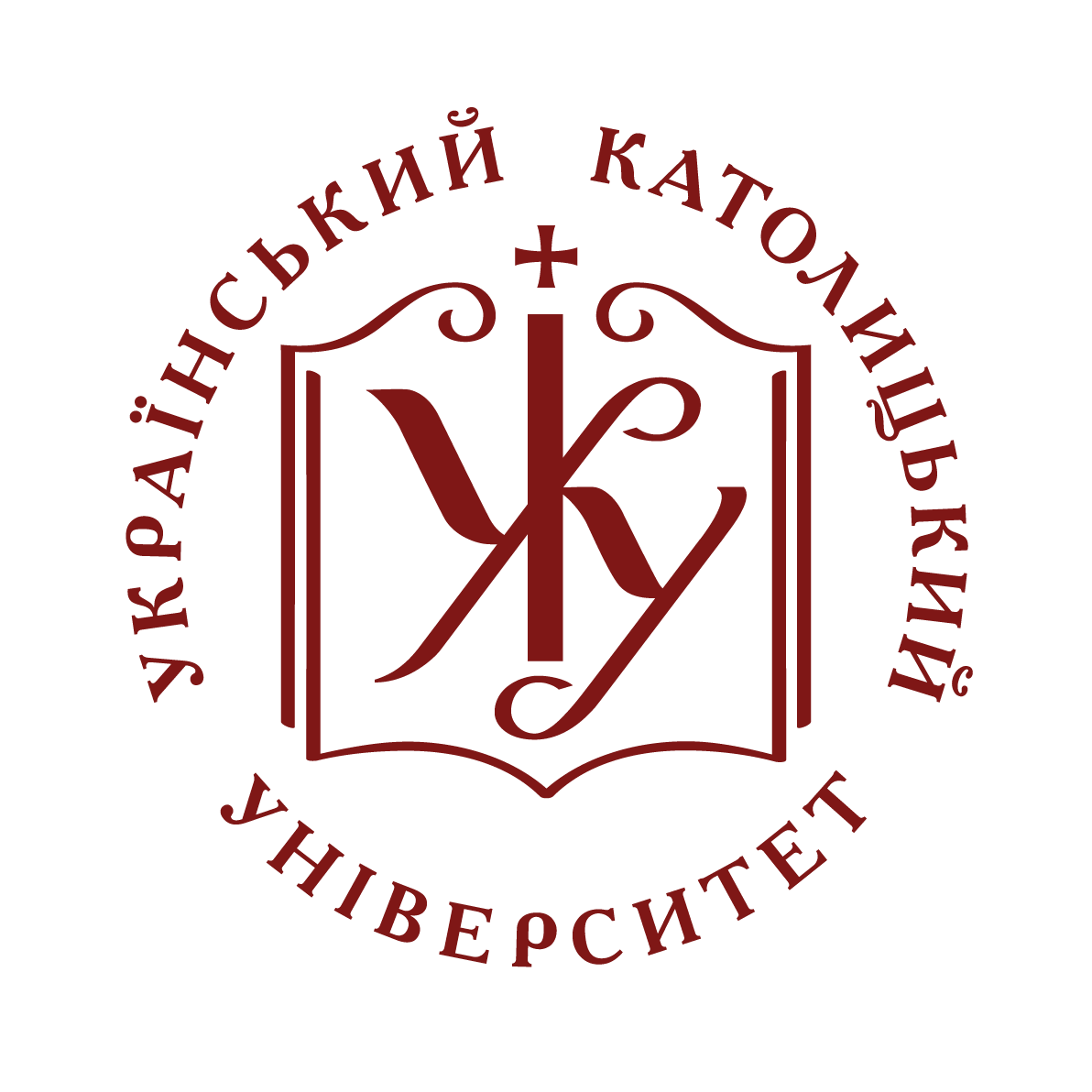- Домівка
- →
- Students Research & Project Works | Роботи студентів
- →
- Факультет прикладних наук
- →
- Освітня програма наук про дані
- →
- 2020
- →
- Перегляд матеріалів
Сценарії JavaScript вимкнено для Вашого браузера. Деякі функції цього сайту не будуть працювати без них.
Показати скорочений опис матеріалу
| dc.contributor.author | Misko, Oleh
|
|
| dc.date.accessioned | 2020-02-21T14:31:16Z | |
| dc.date.available | 2020-02-21T14:31:16Z | |
| dc.date.issued | 2020 | |
| dc.identifier.citation | Misko, Oleh. Ensembling and transfer learning for multi-domain microscopy image segmentation : Master Thesis : manuscript rights / Oleh Misko ; Supervisor Dmytro Fishman ; Ukrainian Catholic University, Department of Computer Sciences. – Lviv : [s.n.], 2020. – 52 p. : ill. | uk |
| dc.identifier.uri | http://er.ucu.edu.ua/handle/1/2037 | |
| dc.language.iso | en | uk |
| dc.subject | Ensembling learning | uk |
| dc.subject | transfer learning | uk |
| dc.subject | Master model | uk |
| dc.title | Ensembling and transfer learning for multi-domain microscopy image segmentation | uk |
| dc.type | Preprint | uk |
| dc.status | Публікується вперше | uk |
| dc.description.abstracten | A lot of imaging data is generated in medical, and particularly in the microscopy field. Researchers spend a lot of time analyzing this data due to slow algorithms and exhaustive manual work. Recent advancements in machine learning and especially deep learning areas resulted in methods that could be used to efficiently solve challenges in the microscopy imaging field. Image segmentation is one of the most common labor-intensive tasks that could be automated with deep learning approaches. One of the biggest challenges for computer algorithms in this domain is the problem of domain shift. The domain shift is the difference between the distribution of the data used for training and the distribution of the new upcoming data. In this work, we show that deep neural networks could efficiently segment microscopy images with the domain shift present. Moreover, we show that transfer learning from other medical tasks is an effective strategy to reduce the amount of required annotated data, whereas fine-tuning ImageNet models for microscopy segmentation gain little benefit. | uk |
Долучені файли
Даний матеріал зустрічається у наступних зібраннях
-
2020 [28]


